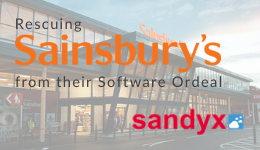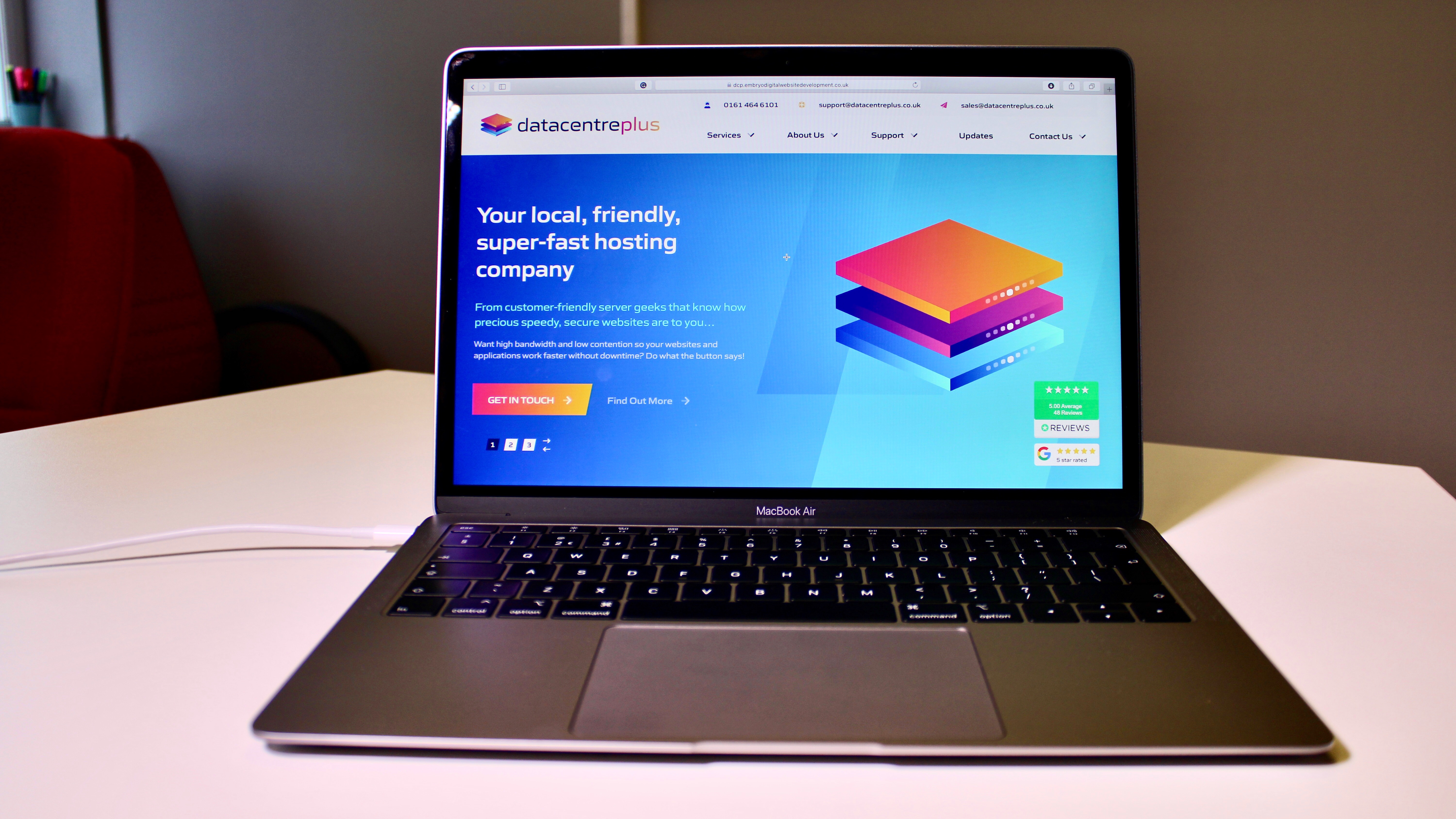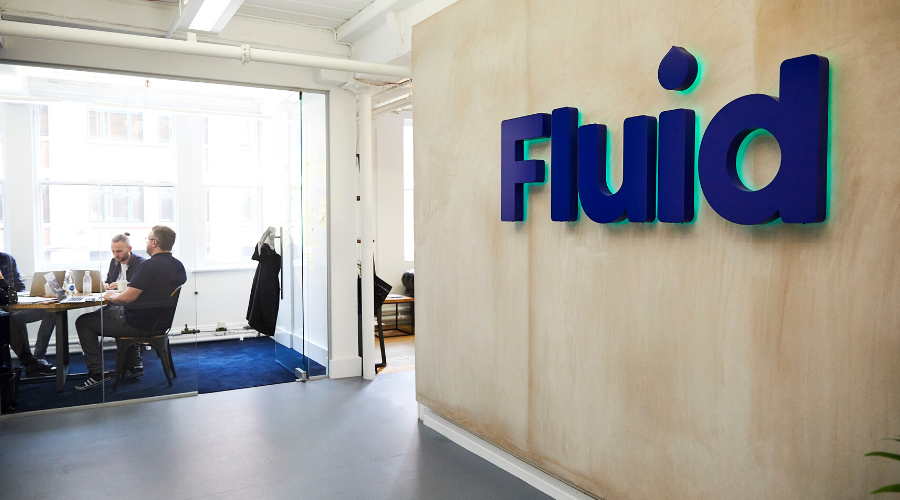
The dilemma of software teams has always been the same one as the dilemma of engineering in general: ship fast, or ship safe. DevOps responded to the call of speed, automation, shorter feedback loops, and smaller releases, enabling organisations to create value hundreds or thousands of times faster than with siloed teams of the past.
However, having delivered quickly shifted the focus to another threat: as you increase the number of changes, the frequency of change, the number of areas where security errors can occur grows. This is where DevSecOps comes in, the ability to add security to the DevOps pipeline so that there is no mutual exclusivity between fast and safe.
This article goes into this trade-off, provides you with data-driven context, and offers practical advice on selecting and operationalising your priority. In the end, regardless of whether you are the head of engineering, product, security or the business, you must be in a position to answer: when speed and safety collide, which one to make priority and how to achieve both, not one at the expense of the other.
The modern reality: speed is table stakes
The last decade saw the shift of DevOps to mainstream due to the need to promote innovation among businesses on a faster basis. The market momentum indicates that industry studies suggest that DevOps and CI/CD tooling are a significant and rapidly expanding market because of the necessity to launch features quickly and lower the lead time.
Indicatively, an industry analysis indicates that the market of DevOps will expand at a high rate over the decade as organisations invest in speedier delivery and automation.
How does that speed come in practice? The performance improvement becomes obvious with current CI/CD and DevOps reporting: most teams deploy dozens of times a day, and the best DevOps organisations are restoring services in less than a day or even in minutes due to automation, monitoring, and clear runbooks.
Such performance differentials are why organisations are still embracing DevOps vigorously: speed reduces lead time to market and allows you to iterate, test hypotheses and value customers at a faster rate.
Speed without guardrails is a different calculus. Quick deployment can imply quick exposure to vulnerabilities and misconfigurations–unless security is incorporated into the delivery process.
The security cost of taking “fast” for granted
Security incidents are expensive, and the trend is not encouraging. IBM’s Cost of a Data Breach Report (2023) found the global average cost of a breach was USD 4.45 million, an all-time high. That number includes technical remediation, legal costs, lost business and reputational damage, and it’s been rising year over year.
For organisations that prioritise speed without integrated security, the downstream costs can easily outweigh the short-term gains of rapid feature delivery.
Beyond dollar amounts, breaches actively slow organisations down: incident response, regulatory reporting, customer remediation and litigation divert engineering capacity for months. In other words, failing to integrate security into fast delivery can produce enormous drag, and sometimes existential risk, to the very agility DevOps delivers.
Enter DevSecOps: the “shift-left” answer
DevSecOps is a repositioning of security to encompass a set of controls (integrated and automated) that span the lifecycle -code, build, test, deploy, and runtime. The philosophy of shift-left is really plain but effective; the sooner security weaknesses are identified, the less expensive and swift they can be resolved. That is possible using developer-friendly security tooling (SAST, SCA, IaC scanning, secret detection, API security checks, and policy-as-code).
The advice of industry on shift-left is straightforward: the sooner it takes security tests, the less expensive and impactful vulnerabilities are, and it should be developer-centric to be successful. And that is what security tool vendors and analyst reports would recommend.
The global DevSecOps market was estimated at USD 8,841.8 million in 2024 and is projected to expand strongly (Grand View Research projects the market to exceed USD 20 billion by 2030 at a double-digit CAGR). Those growth figures show organisations recognise security-as-code is now a strategic investment, not an optional overhead.
The trade-offs: what happens when you prioritise one over the other?
It is easy to make the decision binary: DevOps = speed and DevSecOps = slow security, yet the facts are much more complex. This is what normally occurs when you give yourself to one priority completely:
You’ll ship features quickly and outpace competitors in short cycles.
But you risk shipping vulnerabilities, insecure defaults, and brittle infrastructure-as-code that attackers can exploit.
Over time, emergent technical debt and security incidents will consume velocity: emergency fixes, audits, and breach response slow you down more than any deliberate security pipeline would have.
If safety is everything (heavy security gates, security-first)
- You reduce the likelihood of incidents and regulatory exposure.
- But slow, manual security gates at the end of the pipeline introduce bottlenecks: long fix cycles, frustrated developers, feature stagnation and competitive disadvantage.
- Security teams can become gatekeepers rather than enablers, which increases friction and encourages shadow work (teams circumventing official processes to ship), which ironically increases systemic risk.
How to make “safe” and “fast” mutually reinforcing (DevSecOps in practice)
If your goal is to balance speed and safety, align people, process, and tooling so security scales with velocity:
1. Make security the product’s shared responsibility
Security is not a one-sided issue for a security team. Effective DevSecOps views security as a cross-functional product objective: product managers, developers, QA, SRE, and security own are co-located (resiliency, confidentiality, availability). When both can be used to gauge team performance (delivery metrics and security posture), the incentives change towards creating secure components in a short amount of time.
2. Automate security checks where they matter most
Automate the repetitive, high-signal checks that can run without human intervention:
- Static Application Security Testing (SAST) during pre-commit or PR build.
- Software Composition Analysis (SCA) to catch vulnerable dependencies early.
- Secrets detection and IaC scanning in the pipeline.
The automation uncovers a big portion of the problems at a low price, and humans are to work with more advanced design and threat modelling. Many DevOps and CI/CD reports state that by putting automated tests in pipelines, one not only maintains a speedy pace but also eliminates late surprises.
3. Shift-left, but don’t forget runtime
Assessing the weaknesses in code is required, but not enough. The runtime threats, such as misconfigurations, unprotected dashboards, and privilege escalation, are not insignificant.
Recommend run-to-run testing with runtime controls (WAF, runtime application self-protection, posture management) and ongoing checking to maintain safe environments post-deployment. Security-as-code and policy-as-code allow the use of enforcement of runtime guardrails without human inspection.
4. Use small, frequent releases and canaries
Change sets are simpler to rollback, test, and revise. They also decrease blast radius. Use feature flags and gradual rollouts (canaries) to ensure that you can test behaviour in production and minimise exposure in case something goes awry. Faster rollback (achievable only by the best DevOps teams) minimises business and security risk.
5. Invest in developer-friendly tools and training
Developer friction kills adoption. Offer tools that are part of developer workflows (IDE, PR checks, fast feedback), as well as invest in helpful security training that aims at identifying frequent developer errors. Organisations ensuring that security is easy to develop achieve improved results with minimum loss of velocity.
Real-world examples that show the ROI of DevSecOps
Several industry reports and vendor studies highlight how DevSecOps and shift-left strategies deliver payback:
- Organisations that invest in automated security tooling and shift-left practices typically find vulnerabilities earlier and reduce time-to-fix. Fixing bugs earlier is cheaper and faster than triaging post-release. This is a recurring theme in vendor and industry literature.
- Market signals (growing DevSecOps market, rising investment in security tooling) show boards and IT leaders recognise this. Grand View Research’s projection that the DevSecOps market will grow from roughly USD 8.8B in 2024 toward USD 20B+ by 2030 signals enterprise commitment to embedding security.
- Many teams deploy multiple times a day, and top DevOps performers restore services in under a day. Industry CI/CD and DevOps performance reports show leading teams achieve very fast deployment cadence and rapid recovery times, key drivers of the DevOps value proposition.
With the help of , the enterprise enables thorough security from design to deployment. To ensure robust application security, the enterprise should leverage security tools essential for DevSecOps. These tools help integrate security principles across every phase of the app development process.
Common pitfalls (so you can avoid them)
Tool overload, no integration. Buying point tools without integrating them into pipelines produces alerts, not fixes. Focus on developer workflow integration and signal-to-noise reduction.
Late-stage scanning only. Waiting to scan until build or pre-release creates expensive rework. Shift-left and continuous scanning reduce the cost of fixes.
Lack of measurable metrics. If you only measure deployments per day, you miss security regressions. Track both velocity and security KPIs together.
Treating security like an afterthought. Security must be built into story acceptance criteria and CI gates; otherwise, fixes become emergency work.
Final recommendation: don’t choose one; design for both
If you must state a single recommendation for every engineering leader reading this: don’t accept the false choice that you must pick speed or safety. Build processes that enable both:
- Automate security checks into the pipeline so they’re fast and actionable.
- Favour small changes and progressive delivery to reduce blast radius.
- Measure both velocity and security posture together.
- Build a security platform that developers want to use, not a security checklist they resent.
That approach transforms security from a blocker into a competitive advantage: you ship fast, but what you ship is resilient, so you keep customers, regulatory headaches and emergency remediations at bay. Speed without safety is fragile. Safety without speed is slow. DevSecOps done well lets you win on both fronts.









